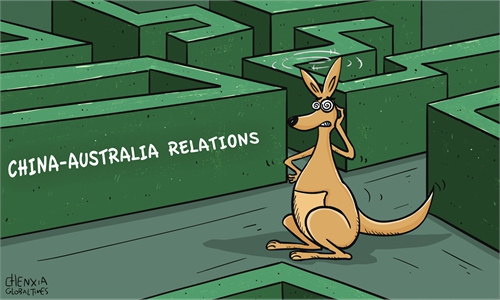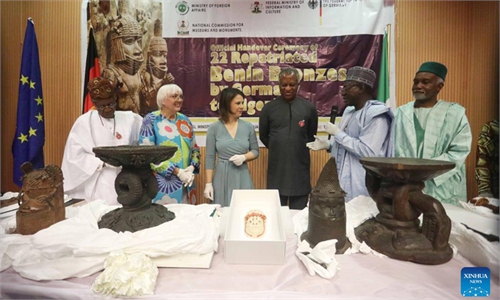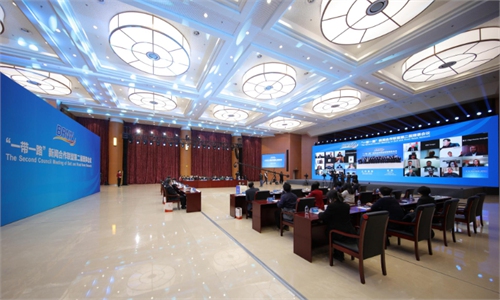BRI FOCUS / BRI EXPRESS
Special report: BRI takes hold with inspiring breakthroughs in 2022 despite global downturn
New chapter of BRI to unfold next year, serving as ‘an anchor of stability’ to the world: observers
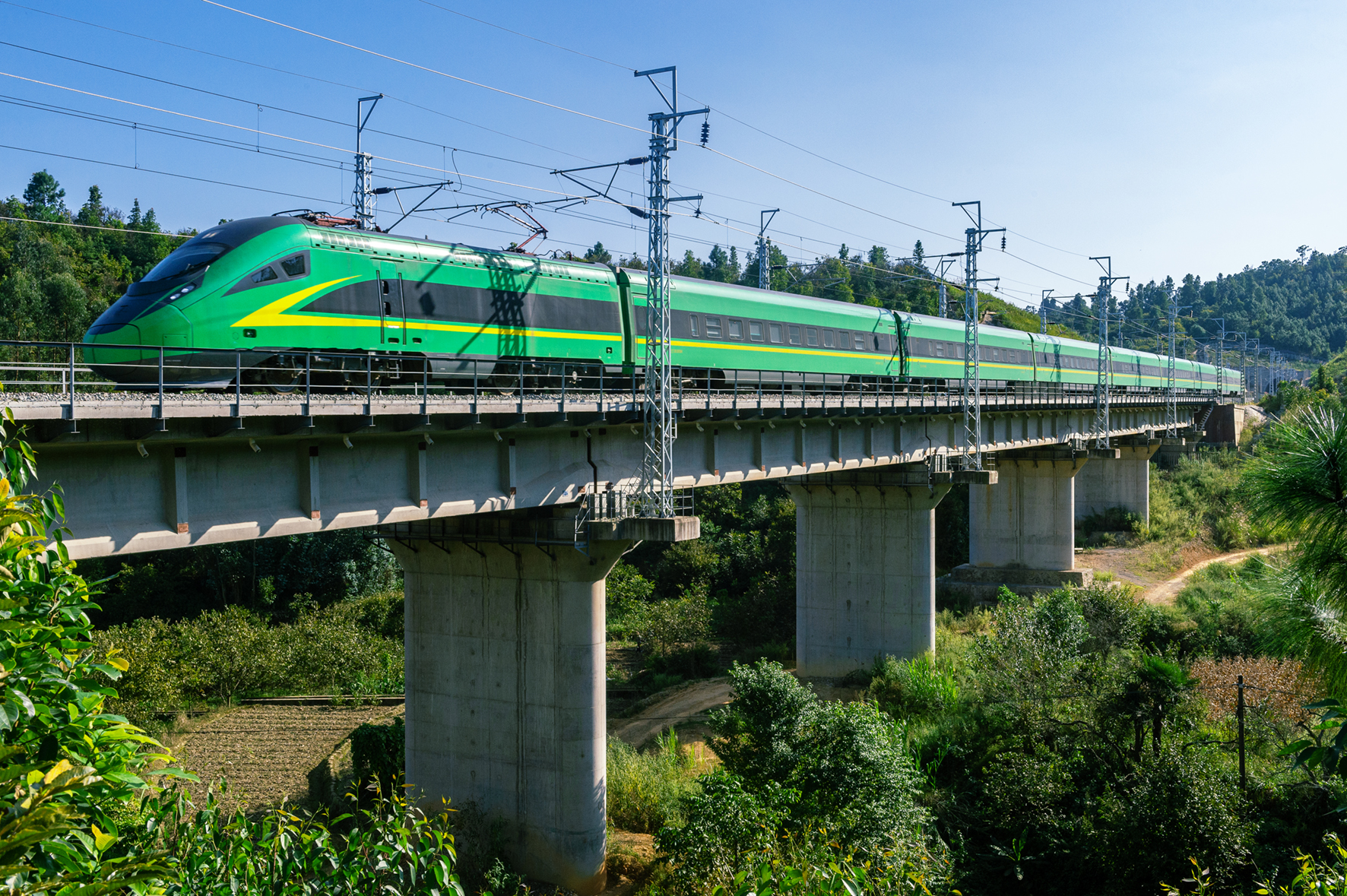
A view of the China-Laos Railway in Yuxi, Southwest China's Yunnan Province Photo: VCG
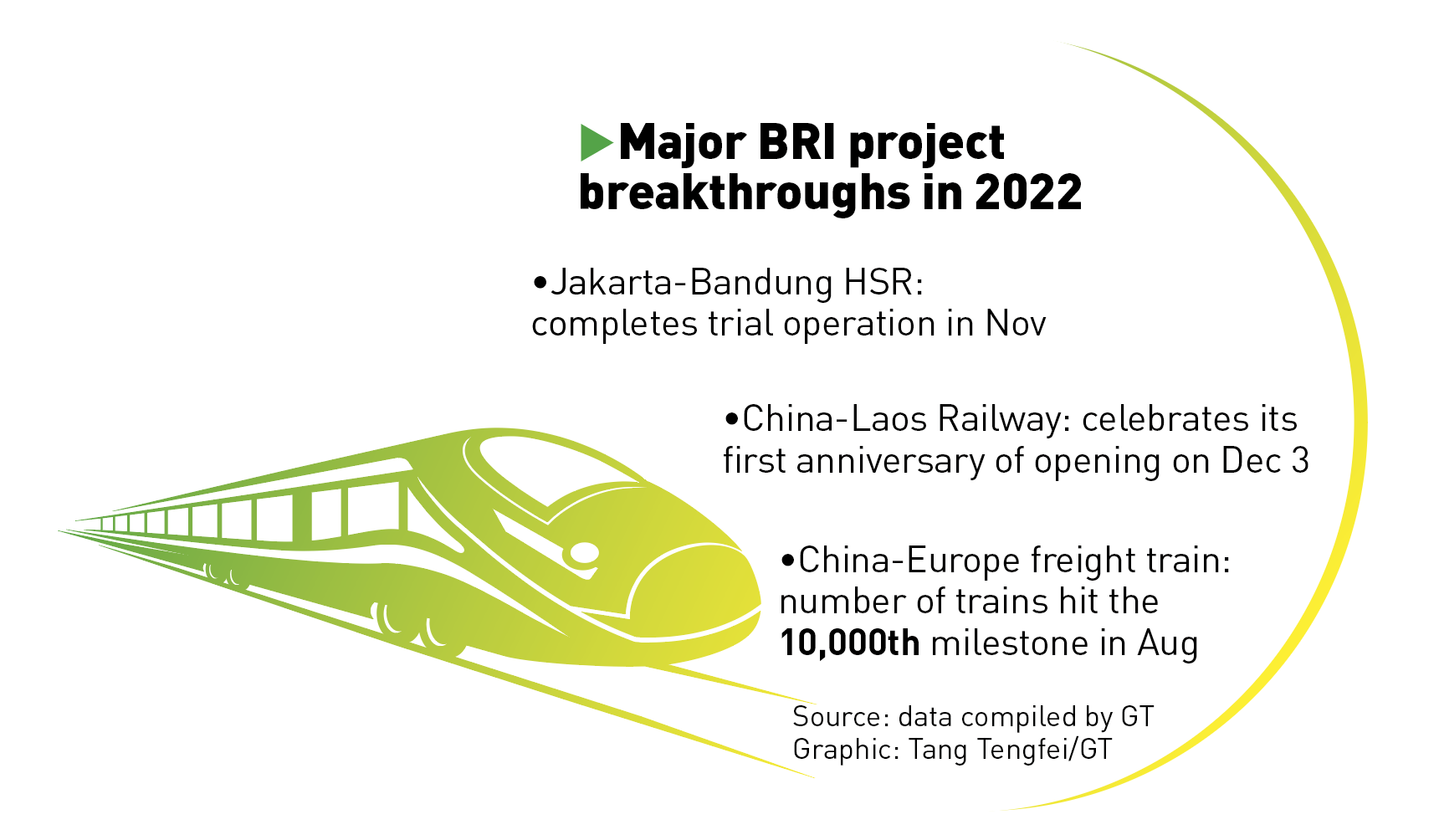
Jakarta-Bandung HSR
Chen Yi, a senior executive of the China Railway No.4 Engineering Group, can still easily recall his excitement when a test train on the Jakarta-Bandung High-Speed Railway (HSR) slowly rolled out the train station and entered trial operations in November.
It marked a landmark step in the development of the China-proposed Belt and Road Initiative (BRI) this year, amid the fallout of epidemic, supply chain disruptions and numerous hurdles posed by unfavorable geographic conditions.
The HSR connects Indonesia’s capital Jakarta and its fourth-largest city Bandung, capital of West Java province, one of the world’s most heavily populated regions. Covering a potential population of 40 million people, it will cut travel time between the two cities from the current three hours to about 40 minutes.
According to Chen, about 93 percent of the project has been completed so far, compared with 90 percent in mid-November.
“Construction is entering the rainy season but we’re carrying out the project as planned,” Chen said, noting that the HSR is expected to be fully operational by the middle of next year.
The year of 2023 is not only the momentum year for the implementation of the signature BRI project, but it also marks the 10th anniversary of BRI, serving as an important junction point that heralds a new chapter of development of the mega infrastructure program.
At the just-concluded annual Central Economic Work Conference last week, China has fleshed out a number of policy objectives for next year, including promoting the high-quality development of the BRI, which observers said signals an unwavering commitment of the world’s second-largest economy to continuing facilitating global connectivity and injecting a new vigor of growth to the world, based on the concrete results achieved in the past nine years.
Chinese and foreign scholars expect the BRI to function as “an anchor of stability” next year, as the world will confront escalating geopolitical risks, spiraling upward financial fluctuation and intensifying power plays between great powers. The initiative is envisioned to provide a reliable cooperation platform and a window of opportunities for sustainable development, in particular to developing countries that could be beset by hyper inflation, debt woes and energy shortage.
A pivotal year
“It is expected that the world’s financial system will continue facing major issues, such as a heightened inflation. That means the central banks of major developed economies will vacillate between efforts to contain inflation through quantitative tightening, which risks bankruptcies and capital flight out of the emerging markets, and quantitative easing, which again increases inflation. Any country that looks to dilute the combined effect should scale up BRI cooperation,” Helga Zepp-LaRouche, founder and president of the Germany-based think tank Schiller Institute, told the Global Times on Thursday.
According to Zepp-LaRouche, the next stage of BRI development will still implement major infrastructure corridor and projects, but pivot to people-centric ones such as those contributing to local poverty alleviation and eradication.
“Further new projects will be carried out through a Public-Private Partnership approach and be linked with trade promotion, industrial development, and employment creation,” Maya Majueran, director of Belt&Road Initiative Sri Lanka (BRISL), a Sri Lanka-based organization that specializes in BRI cooperation, told the Global Times on Wednesday.
Anchoring the overarching goal of promoting high-quality BRI cooperation, Chinese enterprises have also planned to gear up presence in new emerging sectors such as green economy, new energy and tech innovation as well as services.
China Oilfield Services, a subsidiary of China National Offshore Oil Corporation, told the Global Times on Thursday it will actively promote green energy cooperation as a new growth point in the next decade. For example, there have been soaring demands for exploring oil and natural gas resource in “greener way” in Latin American countries such as Mexico, so the company has drawn up plans to bring clean energy equipment and intelligent information system to the local markets.
There are also plenty of spaces to expand energy cooperation with Latin America economies along the BRI route, the company said, aiming to integrate more into oilfield service markets in Argentina, Brazil, and Guyana in 2023 based on its firm foothold established in Mexico.
“We will improve the quality and efficiency of our service [in Latin America], and provide a one-stop service across the industrial chain,” the company said.
Analysts also stressed that alongside the development of BRI, the yuan’s internalization will embark on a new journey over the next 10 years, embracing an unprecedented opportunity that will drastically increase its role in global payments.
Stable development
The business community and enterprises agreed that “stability” is the keyword featuring the development of BRI this year, as flagship projects under the initiative did not show signs of retreating despite global economic downturn, rather a number of BRI infrastructure corridors – including the Jakarta-Bandung HSR – brace and consolidate impressive breakthroughs.
On December 3, the China-Laos Railway celebrated its first full-year anniversary of opening. Being hailed as the “road of happiness, development and friendship,” the railway has transported 8.5 million passengers and 11.2 million tons of cargo during the past year, building itself into the “golden passage” in Southeast Asia.
The China-Europe freight train, a key BRI logistic network connecting China with the European continent, has also become a pillar of bilateral trade, helping a flotilla of trading companies to maintain smooth supply chains at a time when pandemic was causing crippling bottlenecks on ocean freight routes.
In August, the number of trains has hit the 10,000th milestone. According to data from China Railway, a total of 15,162 China-Europe freight trains ran between January and November, transporting 1.48 million standard containers of commodities, up 10 percent and 11 percent year-on-year, respectively.
Observers said that those BRI projects are vivid display of how the initiative has earned attractiveness and gradually built up global reputation after being first proposed in 2013.
“Through job creation, economic elevation, industrial grade and technological transfer, the BRI has proven itself being a better, cost-effective choice to the world. It is also a manifest of China’s commitment to building a community with a shared future for mankind,” Liang Haiming, dean of the Belt and Road Institute at Hainan University, told the Global Times on Wednesday.
.
